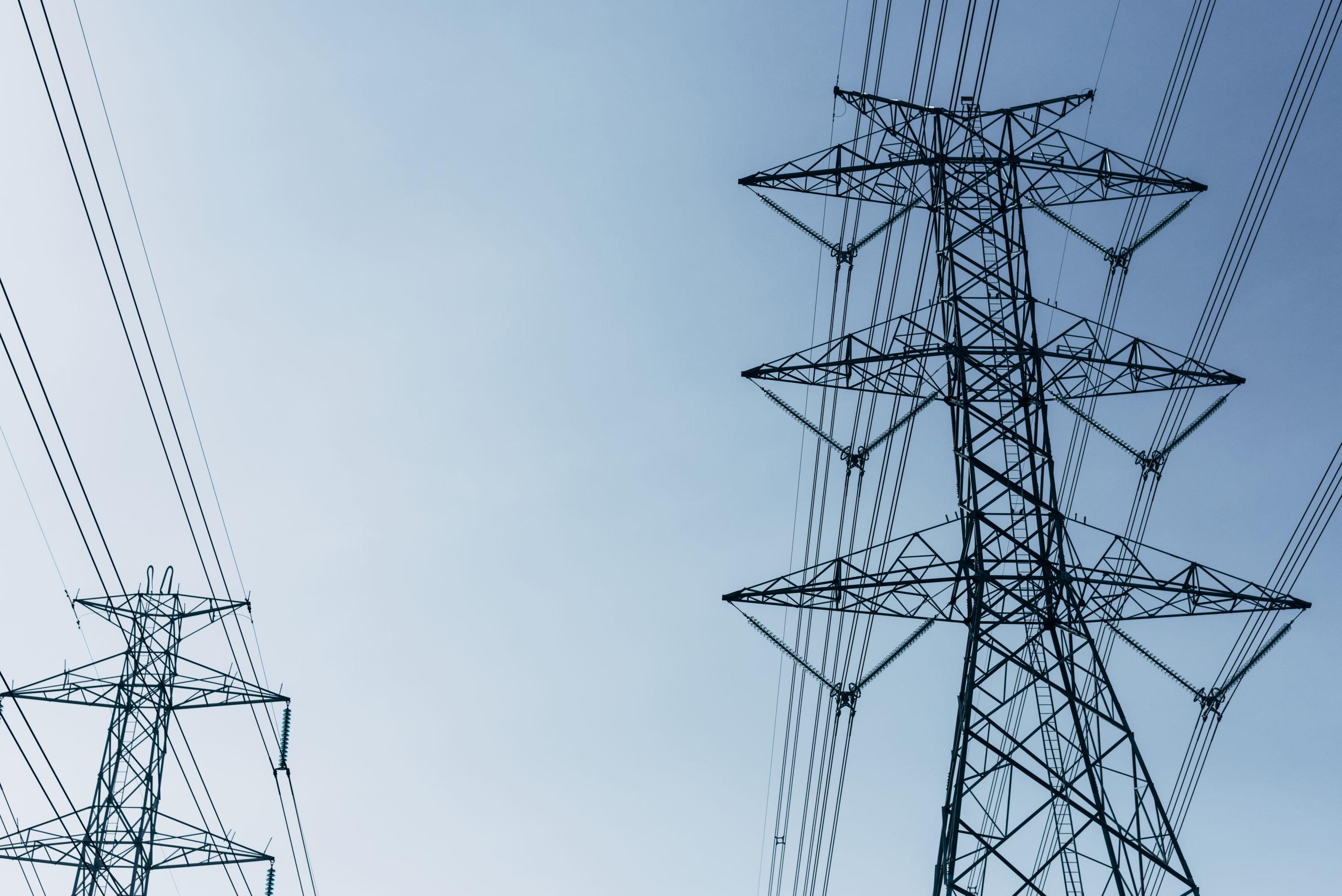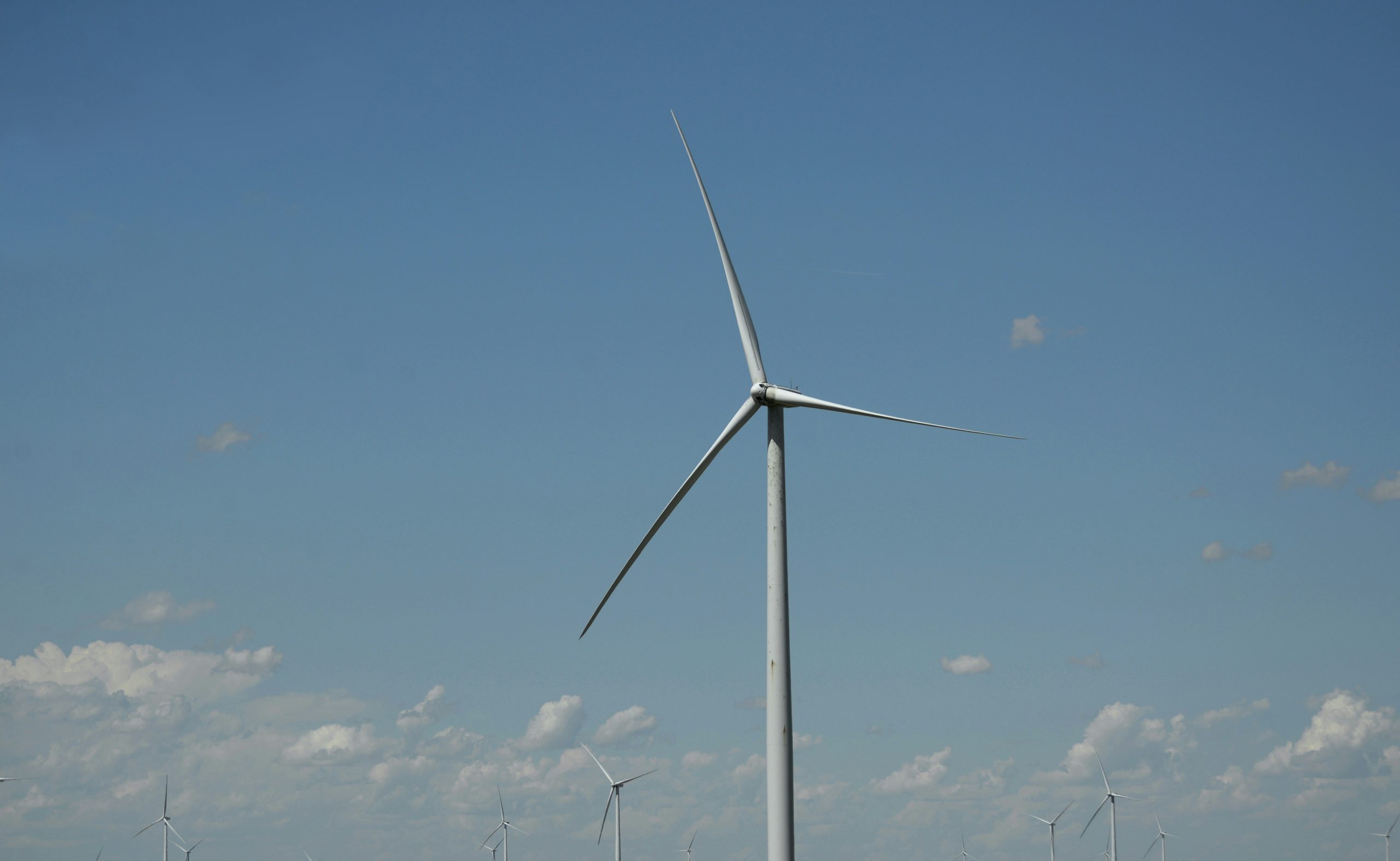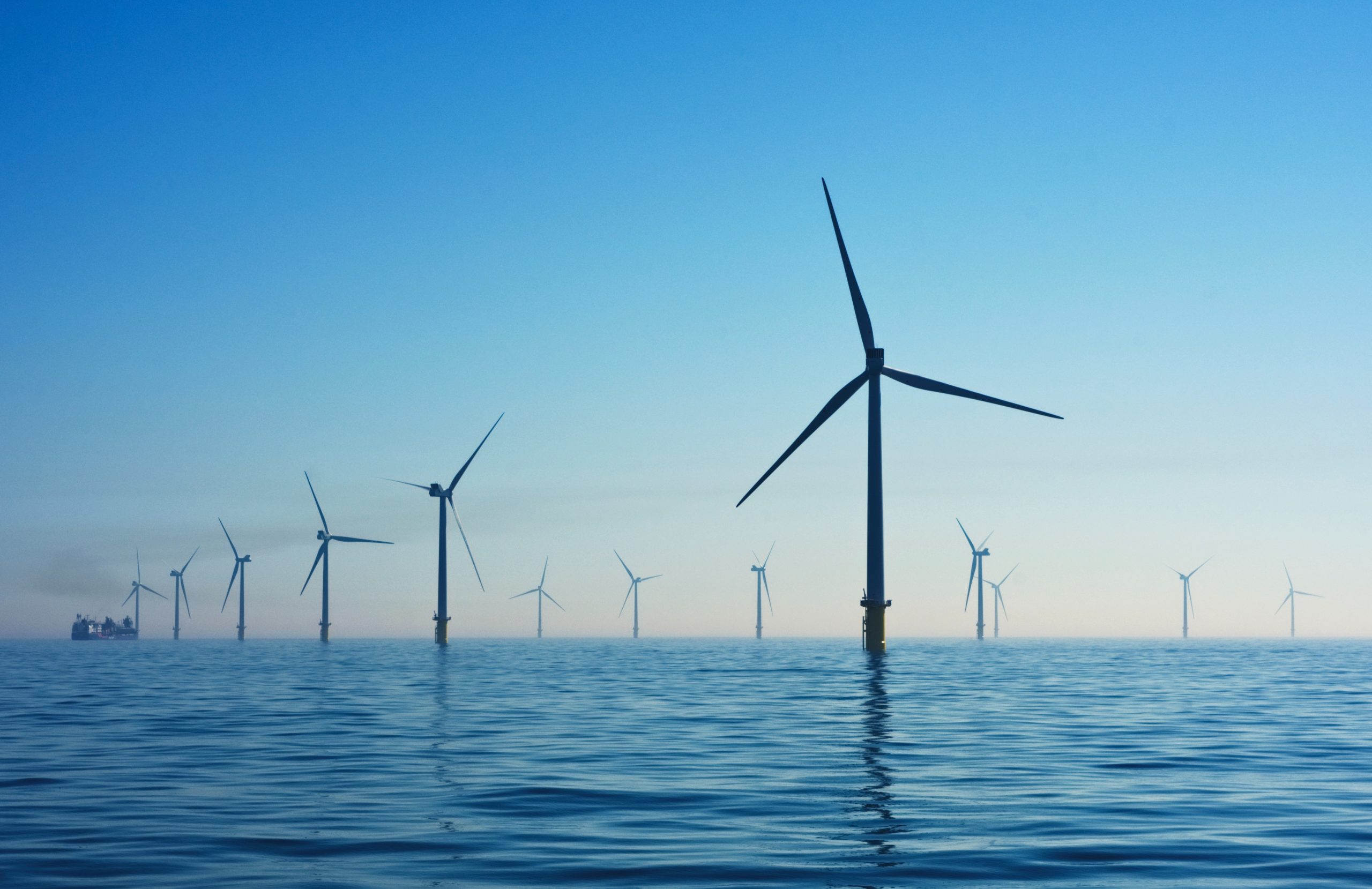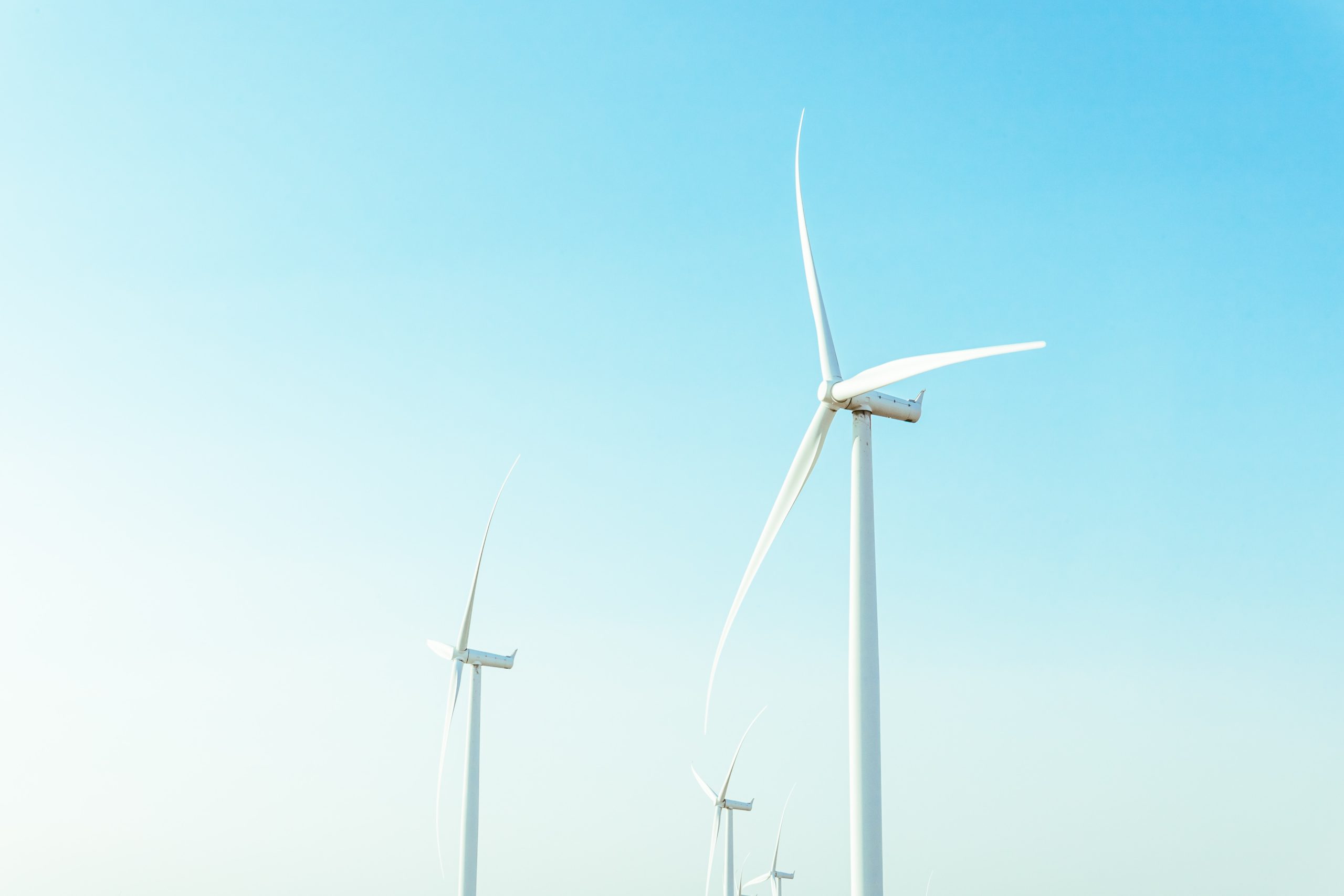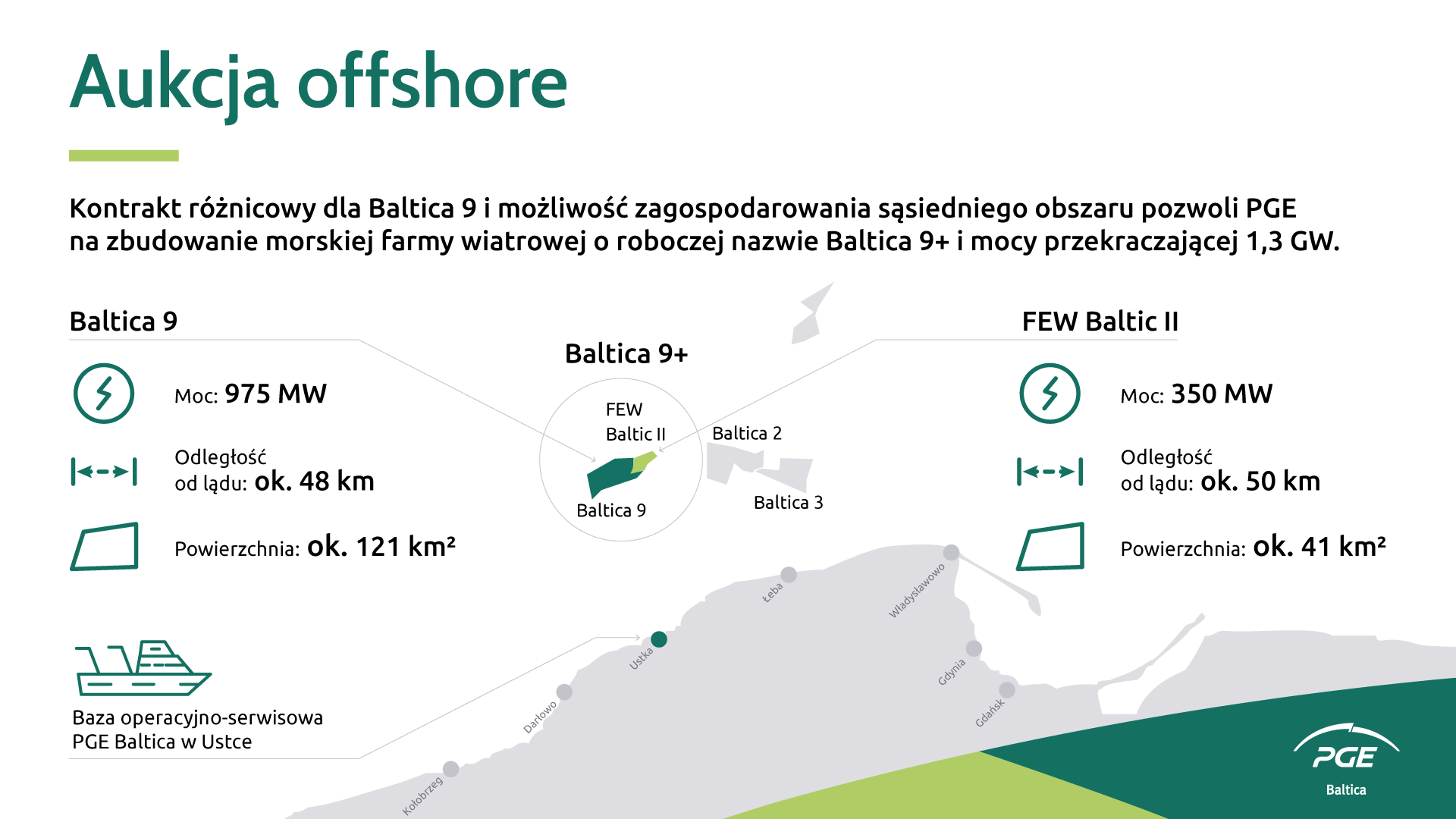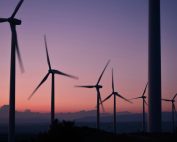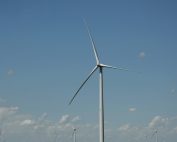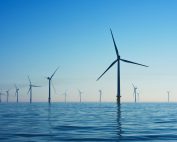Estonian and Latvian electricity transmission system operators (TSO) Elering and Augstsprieguma tīkls (AST) signed a memorandum of understanding (MoU), with which the parties will jointly start activities for the development of the fourth Estonian-Latvian electricity interconnection. This new interconnection will increase transmission capacity between Estonia and Latvia, contributing to the development of renewable energy sources in the Baltic Sea region.
The fourth Estonian-Latvian interconnection is planned to be built in hybrid mode, ie in addition to connecting the electricity systems of the two countries, it would also be possible to connect RES offshore and onshore production capacities to it. The project will increase system security and stability, but in addition to increasing security of supply, the planned interconnection gives opportunities to receive a larger amount of RES into the Estonian and Latvian electricity networks and thus contributes to the fulfillment of the countries’ climate goals.
The exact location of the interconnection and other technical details will be agreed on later stages. Based on the previous evaluation and technical analysis, the working version of interconnection capacity is assumed to be 1000 megawatts, and the connection could be completed by 2030+ time horizon with the accompanying investments of transmission infrastructure.
“The new interconnection is an important step of transmission capacity increase between Estonia and Latvia, which is essential for the development of renewable energy sources (RES) in Latvia and Estonia, both onshore and offshore. We see this cooperation as the first step towards creation of interconnected hybrid transmission grid in the Baltic sea, thereby contributing to the goals of decarbonization and RES development for the whole Baltic sea region” says Arnis Daugulis, Member of the AST Board.
According to Kalle Kilk, chairman of the board of Elering, Elering is exploring the possibilities of establishing a new connection between Estonia and Latvia from Saaremaa to Kuramaa in Latvia. “Establishing a new connection to Latvia via Saaremaa would enable the most additional capacity between the two countries to be obtained at the lowest cost,” he noted.
Elering and AST have agreed to cooperate to make preparatory activities, including several studies, which are a prerequisite to select environmentally friendly and technically-economically preferable scenario for making future investment decision regarding the interconnection development. Elering and AST expect to receive co-financing from the European Union CEF grants for the evaluation and construction of the interconnection and have taken all the necessary steps to include the project in EU development documents. The final decision of project implementation will be made after the European Union’s support becomes clear.
The fourth interconnection is next and logical step to increase transmission capacity between Estonia and Latvia. The third Estonian-Latvian electricity interconnection has been constructed and started operating in 2020. Two other Estonian-Latvian interconnections are also under construction as a part of Baltic States synchronization project with continental Europe, where Valmiera-Tartu transmission line construction has been finalized in June this year and Valmiera-Tsirguliina line is under construction until the end of 2024.
Source: Elering
